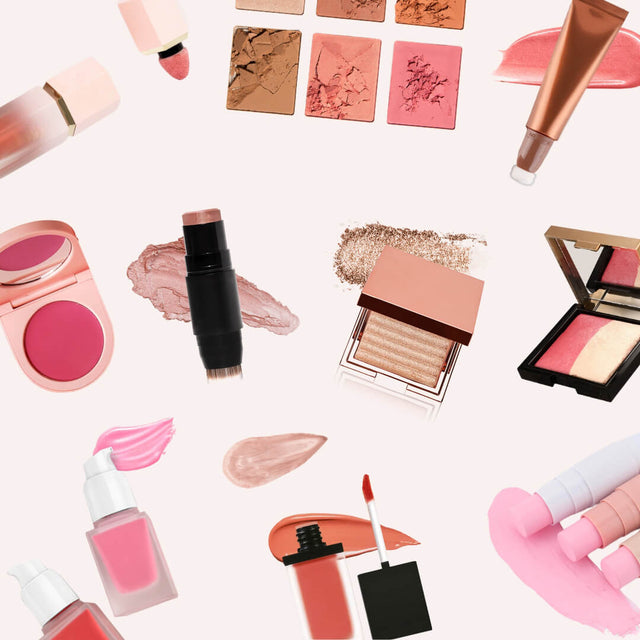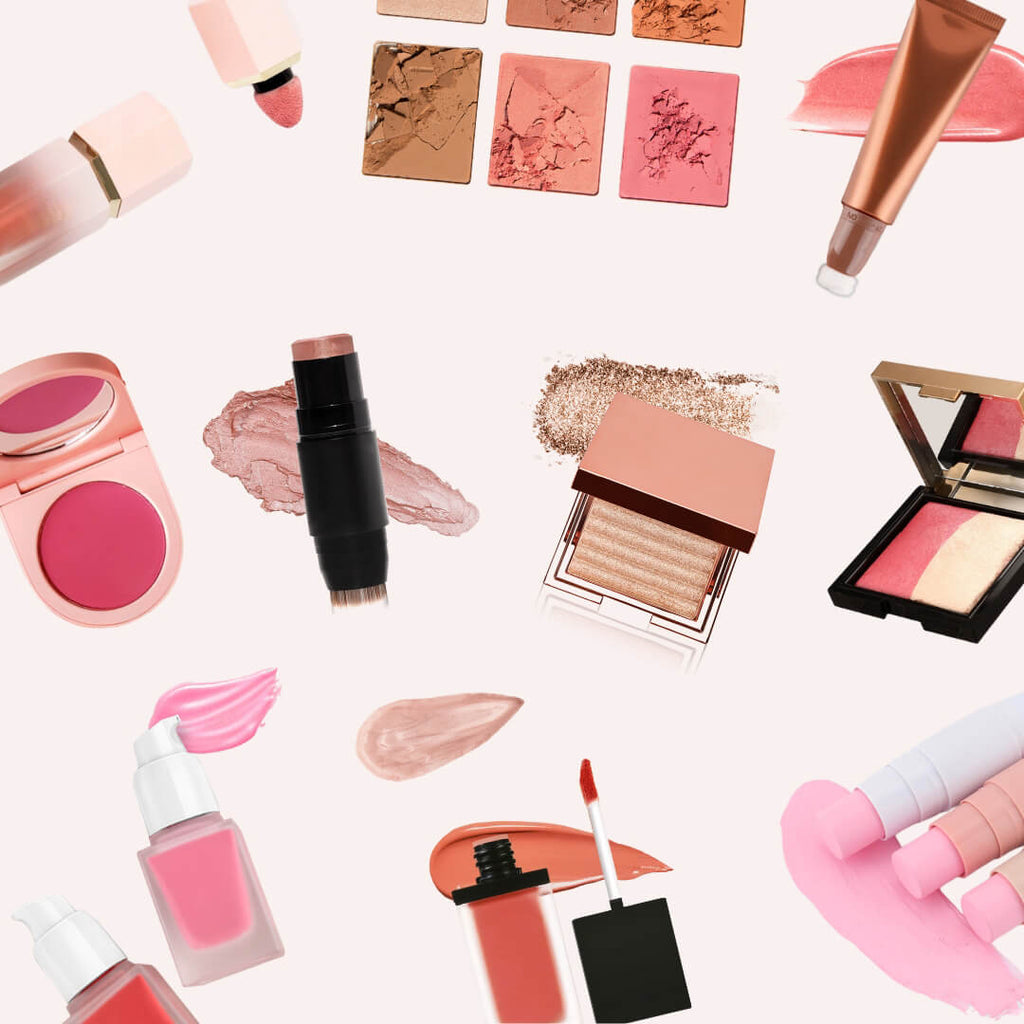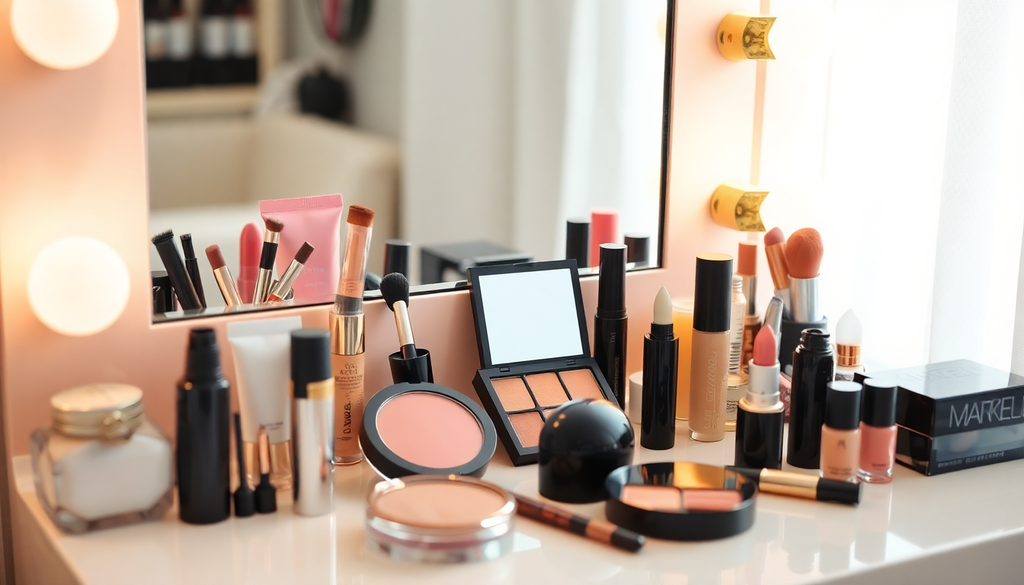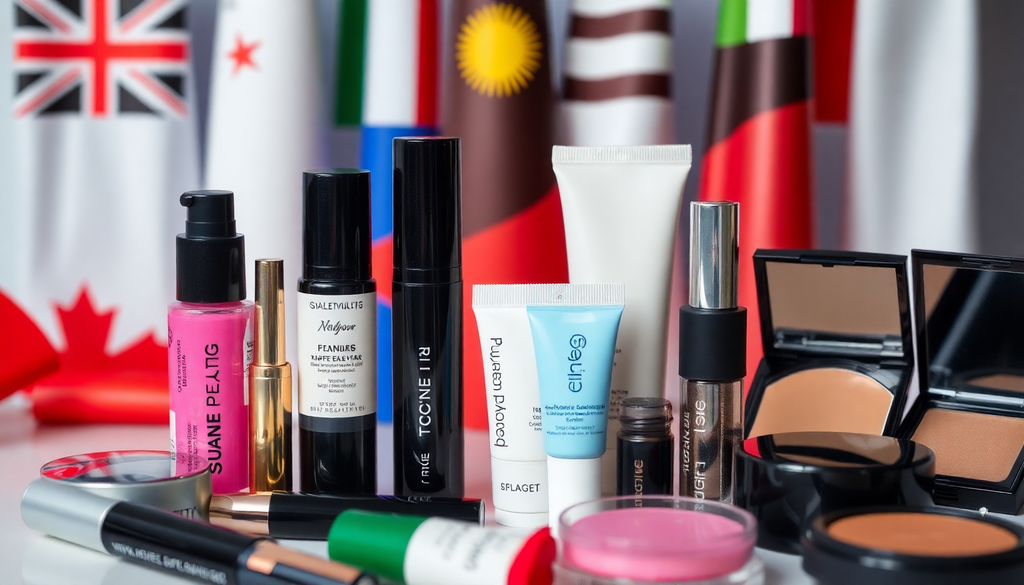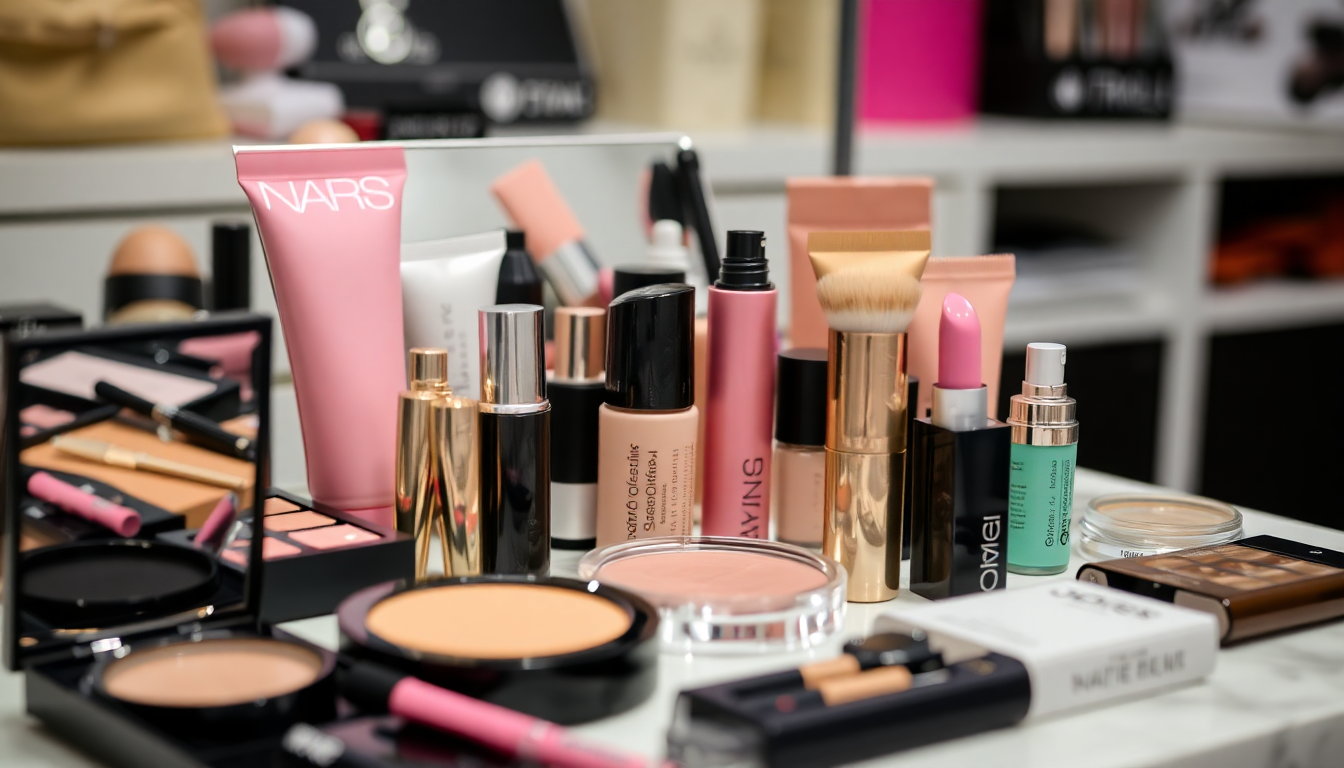
Navigating Global Makeup Markets in 2025: Essential Steps to Launch Your Brand with Unique Products and Trendy Innovations Across Key Regions
Introduction
As we step into 2025, the global makeup market continues to evolve rapidly, driven by changing consumer preferences, technological advancements, and an increased focus on sustainability. For aspiring entrepreneurs, this presents a golden opportunity to launch unique makeup brands that resonate with diverse audiences. However, navigating the intricacies of various global markets requires a well-thought-out strategy. In this comprehensive guide, we will explore essential steps to successfully launch your makeup brand, focusing on unique product development and trendy innovations across key regions.
Understanding Key Regions
Before diving into the launch process, it's crucial to understand the dynamics of different markets. Each region has its own culture, preferences, and regulations that can significantly impact your brand's success. Here’s a breakdown of some key regions to consider:
1. North America
- Market Trends: The North American beauty market is largely influenced by social media platforms, where beauty influencers wield significant power. Brands that effectively collaborate with influencers and utilize platforms like Instagram, TikTok, and YouTube for marketing can achieve remarkable success. Additionally, there is a growing demand for products that cater to diverse skin tones and types.
- Consumer Preferences: Shoppers in this region are increasingly drawn to clean beauty products, emphasizing the need for transparency in ingredient sourcing and formulation.
- Regulations: Ensure compliance with the FDA's regulations on labeling and safety. Products must be safe for use and free from harmful substances. Familiarize yourself with the Cosmetic Ingredient Review (CIR) program, which assesses the safety of cosmetic ingredients.
2. Europe
- Market Trends: The European beauty market is characterized by its emphasis on sustainability and ethical practices. Clean beauty, cruelty-free products, and eco-friendly packaging are not just trends; they are becoming essential for brand success. Brands need to highlight their commitment to sustainability to attract the environmentally-conscious consumer.
- Consumer Preferences: European consumers are increasingly looking for high-quality formulations that deliver results. There is also a growing interest in multifunctional products that offer added value, such as skincare benefits.
- Regulations: Familiarize yourself with EU regulations, including REACH (Registration, Evaluation, Authorisation, and Restriction of Chemicals) and CLP (Classification, Labelling and Packaging). Additionally, brands must comply with the EU Cosmetics Regulation, which requires that all products are safe for human health and properly labeled.
3. Asia-Pacific
- Market Trends: The Asia-Pacific region is known for its innovative beauty products and trends. K-beauty (Korean beauty) continues to influence global standards with its focus on technology-driven formulations, such as cushion compacts and hybrid products that combine makeup and skincare. Brands that tap into these innovations and adapt them to local preferences can gain a competitive edge.
- Consumer Preferences: Asian consumers, particularly in markets like China and South Korea, are keen on products that enhance their personal beauty routines, focusing on elements like skin radiance and natural looks.
- Regulations: Each country within the region has its own regulations; for example, Japan has strict labeling laws that require products to carry specific information in Japanese. South Korea's testing protocol for cosmetics is well-established, and foreign brands must comply with local testing requirements to enter the market.
4. Latin America
- Market Trends: Latin American consumers are increasingly seeking bold and vibrant makeup options that reflect their cultural heritage. Brands that celebrate local artistry and offer a wide range of shades, particularly for deeper skin tones, will resonate well.
- Consumer Preferences: There's a rising demand for affordable yet high-quality products among the youthful demographic. Social media is a powerful tool for reaching this audience, and brands should engage through platforms like Instagram and WhatsApp.
- Regulations: Each country has its own import policies and certifications, which can vary significantly. Brands should ensure compliance with local regulations and understand the specific requirements for labeling and safety.
5. Middle East and Africa
- Market Trends: The Middle Eastern market is rapidly growing, with consumers showing a preference for luxury and high-performance makeup products. Brands should consider that local consumers often prioritize quality, brand reputation, and exclusivity.
- Consumer Preferences: There is a strong interest in makeup that can withstand hot climates, with products offering long-lasting wear and high pigmentation in demand.
- Regulations: Pay attention to local regulations concerning beauty product formulations and customs clearance processes. Countries like Saudi Arabia have specific guidelines for cosmetics that must be adhered to.
Steps to Launch Your Makeup Brand
Now that you understand the key markets, here are essential steps to consider when launching your makeup brand:
- Market Research: Conduct thorough research to identify trends, consumer preferences, and competition in each target region. Utilize surveys, focus groups, and social media analyses to gather insights on what consumers are looking for.
- Unique Product Development: Focus on creating unique formulations or packaging that differentiate your brand from competitors. Consider incorporating innovative ingredients or technologies, such as biodegradable glitters or customizable products that allow consumers to mix and match shades.
- Regulatory Compliance: Ensure all products meet the regulatory requirements of the markets you wish to enter. This may involve rigorous testing, acquiring necessary certifications, and understanding import tax implications. Consulting with legal experts in each region can help navigate these complexities.
- Online Store Setup: Create a user-friendly eCommerce platform. Optimize your website for SEO to attract organic traffic, ensuring it aligns with local payment methods and shipping policies. Use high-quality images and engaging content to showcase your products effectively.
- Marketing Strategy: Develop a targeted marketing strategy that resonates with your audience in each region. Utilize social media marketing, influencer collaborations, and local events to increase brand visibility. Invest in content marketing to educate consumers about your products, focusing on their unique benefits and innovations.
- Brand Storytelling: Craft a compelling brand narrative that connects with consumers on an emotional level. Share your brand’s mission, values, and the story behind your products to create a loyal customer base.
- Feedback and Adaptation: Once your brand is launched, continuously gather feedback from customers and be willing to adapt your products and strategies based on their responses. Engaging with your audience through surveys or social media can provide valuable insights for improvement.
Trendy Innovations in Makeup for 2025
Staying abreast of the latest trends is crucial for any makeup brand looking to succeed in 2025. Here are some of the most notable innovations to consider:
- Augmented Reality (AR): Many brands are now using AR technology to allow consumers to virtually try on products before purchasing. This not only enhances the shopping experience but also reduces the likelihood of returns.
- Personalization: Customizable makeup products tailored to individual preferences are gaining popularity. Brands that offer personalized shades or formulations based on skin type and tone can attract a dedicated following.
- Clean and Sustainable Beauty: The demand for clean beauty products free from harmful chemicals continues to rise. Brands should focus on formulating products with natural, ethically sourced ingredients and sustainable packaging.
- Inclusive Beauty: There is a growing call for brands to offer a wider range of shades and products that cater to diverse skin tones and types. Inclusivity in marketing and product offerings can significantly enhance brand loyalty.
- Hybrid Products: Products that combine makeup and skincare benefits, such as tinted moisturizers and serums, are increasingly popular. These innovations save time for consumers and cater to the rising interest in skincare.
Conclusion
Launching a makeup brand in 2025 requires careful navigation of various global markets, each with its own unique characteristics and consumer preferences. By understanding these dynamics and following essential steps, you can successfully introduce your innovative products to a diverse consumer base. Stay ahead of trends, prioritize quality and sustainability, and engage with your audience to ensure your brand thrives in the ever-evolving beauty industry. With the right strategy and a commitment to excellence, your makeup brand can make a significant impact on the global stage.

